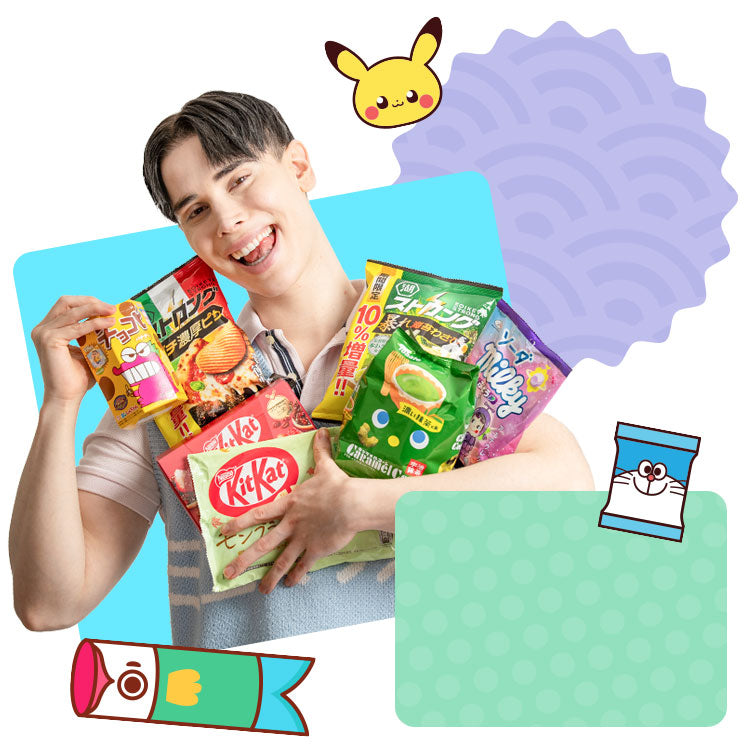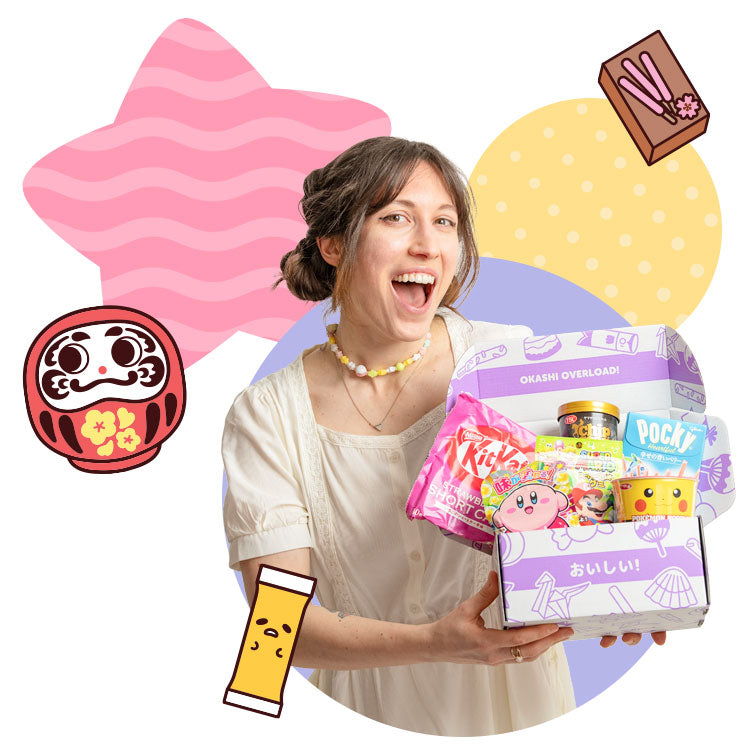The Chewy World Of Mochi

The Chewy World Of Mochi
Sticky, chewy, and oh so yummy, mochi (Japanese rice cake) is one of the most popular traditional desserts from Japan.
Made of glutinous rice flour, mochi comes in so many different forms and flavors for you to enjoy. Go ahead and bite into the chewy world of mochi with the help of Japan Candy Box!

Mochi Made For Snacking
While some people might think that mochi is strictly a dessert, these chewy rice cakes from Japan actually make the perfect treat for snack time! Since they’re made of rice flour, mochi balls can be filling. Not only that, but they’re low calorie and low fat too, making them great for health-conscious snackers!
When it comes to form and flavor, there are so many different kinds of mochi to choose from. Pink sakura mochi goes perfectly with your favorite tea. Mochi Dango is super colorful and bouncy. Matcha mochi are chewy and earthy. There are even fun Japanese DIY kits that let you make your very own mochi!

Indulge In Sweet Mochi Candy
Mochi isn’t just a snack! In Japan, people also make bite-sized mochi candies. Served in rectangular trays, these candies have the same texture as mochi and come in all sorts of flavors. People usually eat them with toothpicks or their hands! They’re nifty treats that you can take on the go.
Besides regular mochi candy, Japan also has a ton of inventive ways of incorporating mochi into all sorts of confections! Have fun discovering creative sweets like mochi chocolate from Tirol, mochi gummies from Kabaya, and even mochi marshmallow candies from Fujiya. With Japan Candy Box, you get to try all kinds of mochi candy!
Did you know?

Did you know?
There’s a special kind of mochi that serves as both a sweet treat and an important New Year decor. Called Kagami Mochi, it’s made of two round mochi cakes and a daidai (Japanese bitter orange) sitting on top of each other. Placed on a Shinto altar, kagami mochis symbolize yin, yang, and continuity! They're traditionally broken and eaten during a ritual called kagami biraki after New Year's.